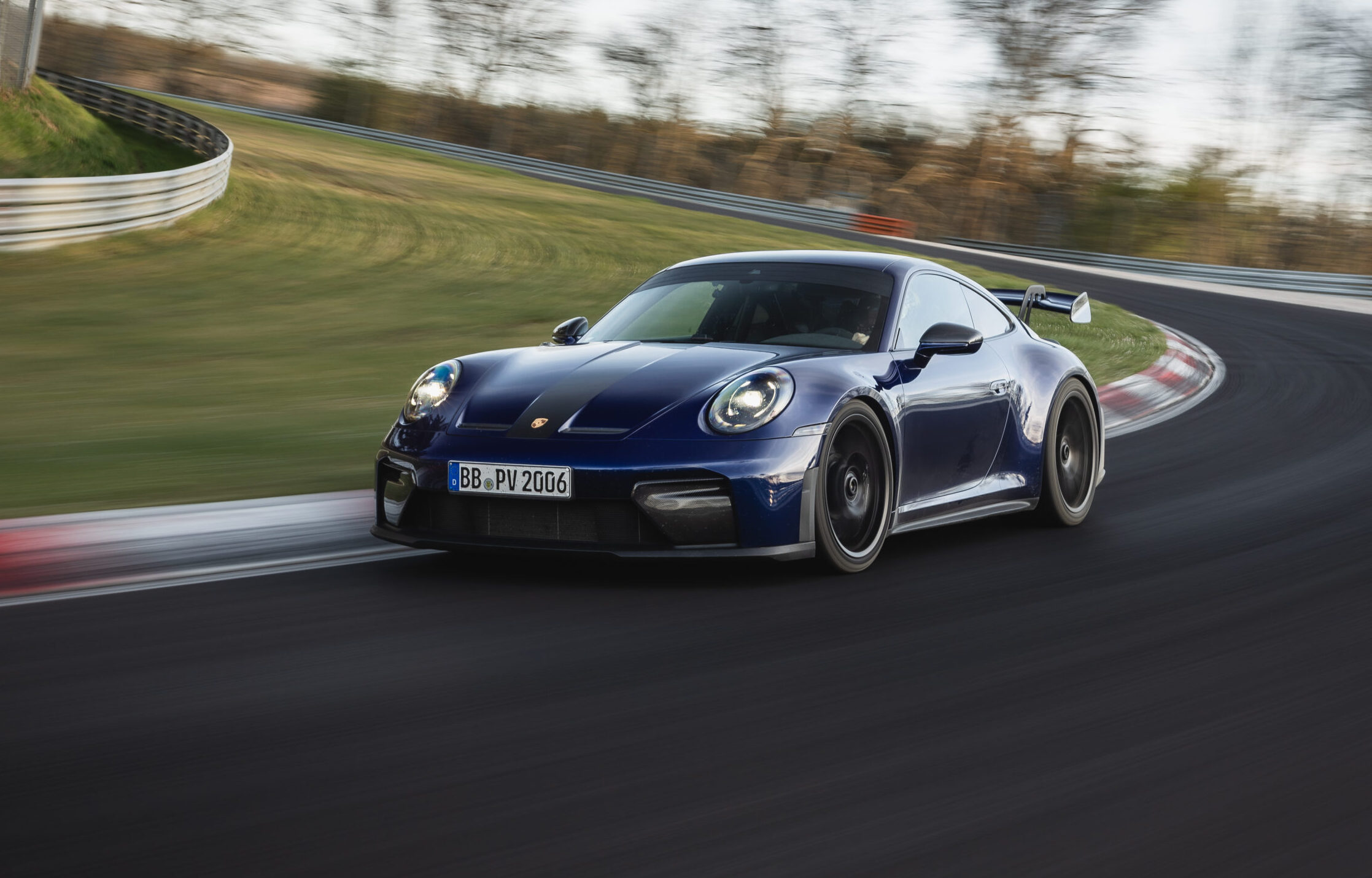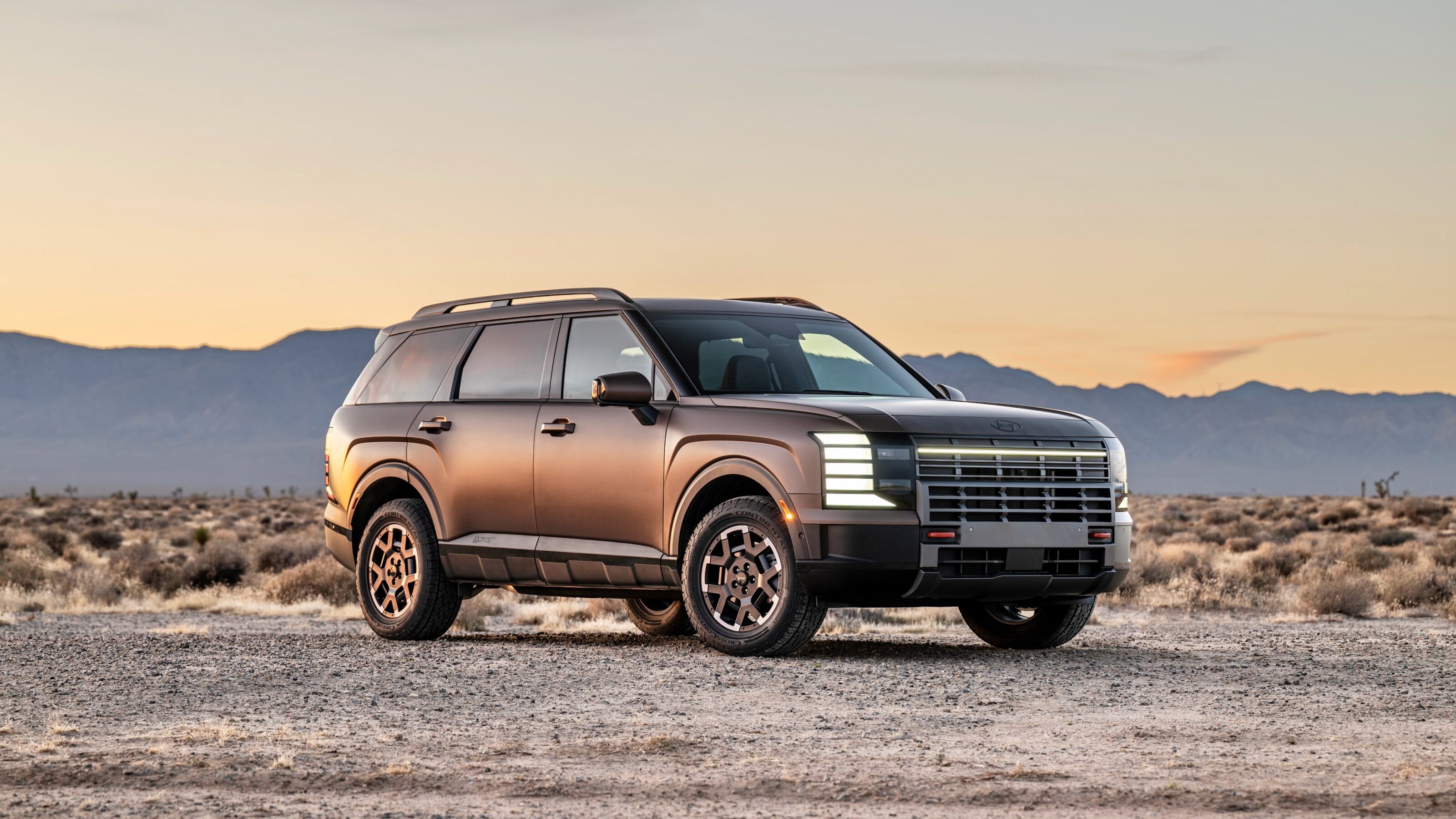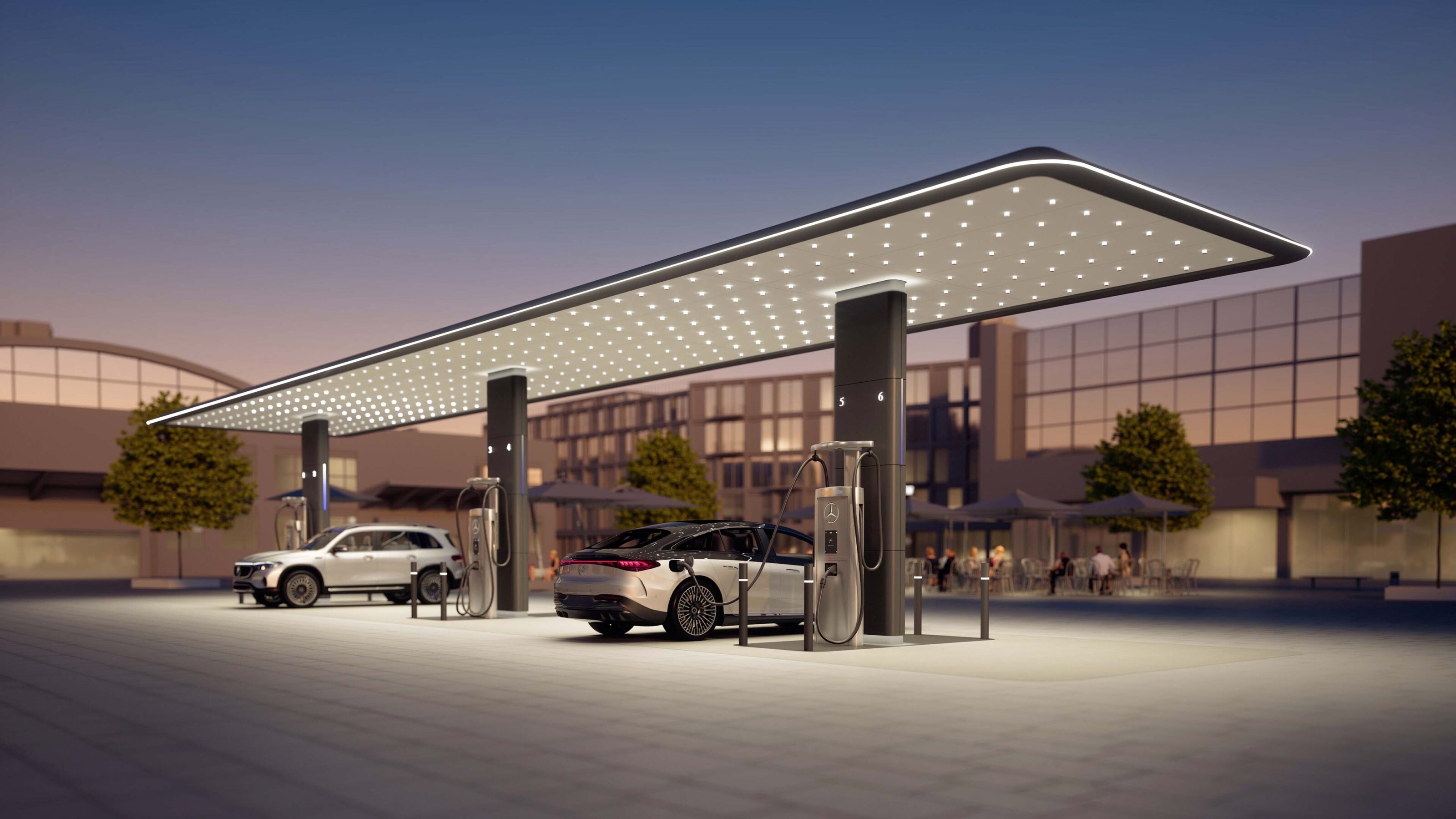
Mercedes-Benz will roll out its own ultra-fast electric car charging network with the aim to have more than 10,000 chargers globally by 2030, starting with North America this year.
Australian plans, for now, have not been confirmed.
Snapshot
- Mercedes debuts its own EV charging network to rival Tesla
- Only Mercedes owners can pre-book 350kW DC ultra rapid stations
- Starting in North America this year, unclear for Oz
Unlike Tesla’s coveted Supercharging network in most countries, it will be open to all EV models – but only Mercedes owners can pre-book a charger and receive “other benefits”.
Depending on the location, each EV hub will offer four to 12 high-power chargers (HPC) with dynamic load management capable of delivering up to 350kW DC speeds.
For context, the fastest-charging Mercedes on sale currently is the flagship EQS, but can only take up to 200kW DC rates – falling shy of the Porsche Taycan that peaks at 270kW DC.
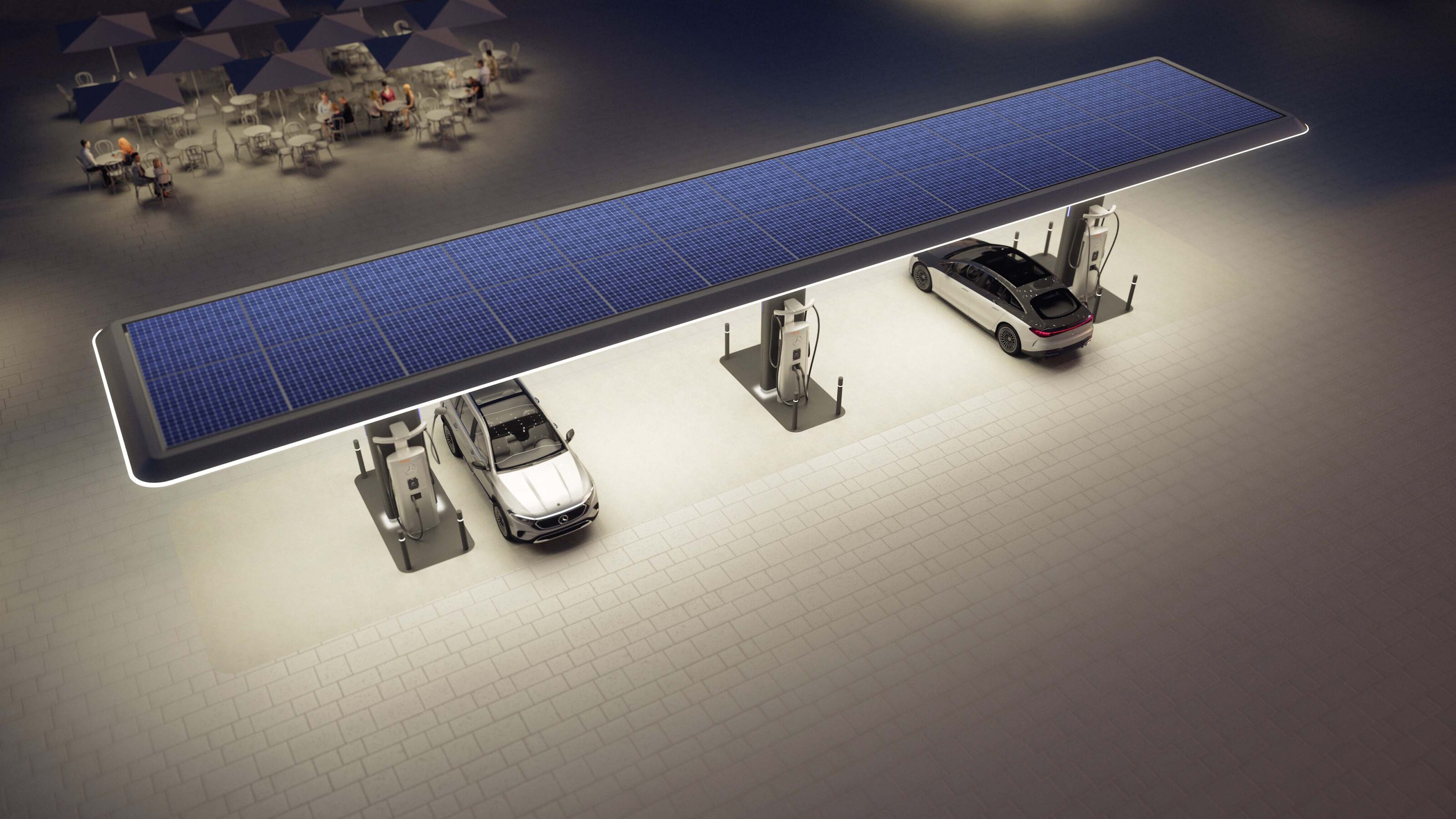
The Mercedes EV chargers will be located in key urban cities close to major arterial roads, near retail and bathroom amenities, and participating Mercedes showrooms.
All hubs will feature security cameras and lighting, and can expand to up to 30 stations if needed – but only some will have a rooftop cover and solar panels. The company aims to use green energy to power its charging network or buy renewable energy certificates.
It also adopts the Plug and Charge technology standard that allows compatible EVs such as the Mercedes-Benz EQE and EQS sedans and SUVs, Volkswagen ID.4 and Porsche Taycan to seamlessly start charging and debit the owner’s account without the need to open an app or tap a RFID card.
Meanwhile, Mercedes-Benz EVs without this tech such as the smaller EQA and EQB SUVs or eVito and EQV vans will need to manually authenticate via the Mercedes Me Charge smartphone or built-in infotainment app, and other EV models will have “straightforward access to a wide array of payment functions”.
The German luxury brand will continue its Ionity charging network joint venture with the BMW Group, Hyundai Motor Group, Ford and the Volkswagen Group in Europe.
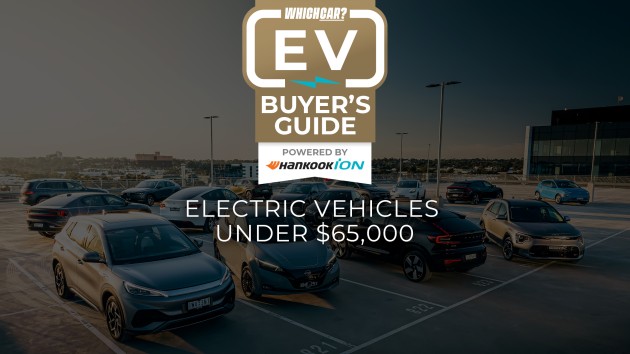
Best Electric Cars Under $65k: Affordable EVs Rated
Welcome to part one of three price-based EV buying guides, this one focused on the most affordable electric cars available in Australia today
Where will the Mercedes charging network roll out?
The German automaker aims to have a full HPC network deployed by 2030 across North America, Europe, China and “other main markets” as it shifts to only offering pure-electric models in some countries where emissions and fuel economy regulations are becoming increasingly strict.
The Mercedes-Benz EV charging network will launch in the USA and Canada this year using a partnership with solar and battery storage company MN8 Energy and charging provider ChargePoint.
A total of 400 hubs and 2500 individual rapid chargers are planned for North Americas by 2027. It will cost more than AU$1.5 billion (EU$1 billion) on the continent alone across the next six- to seven years, with M8 Energy co-funding in a roughly 50:50 split with Mercedes.
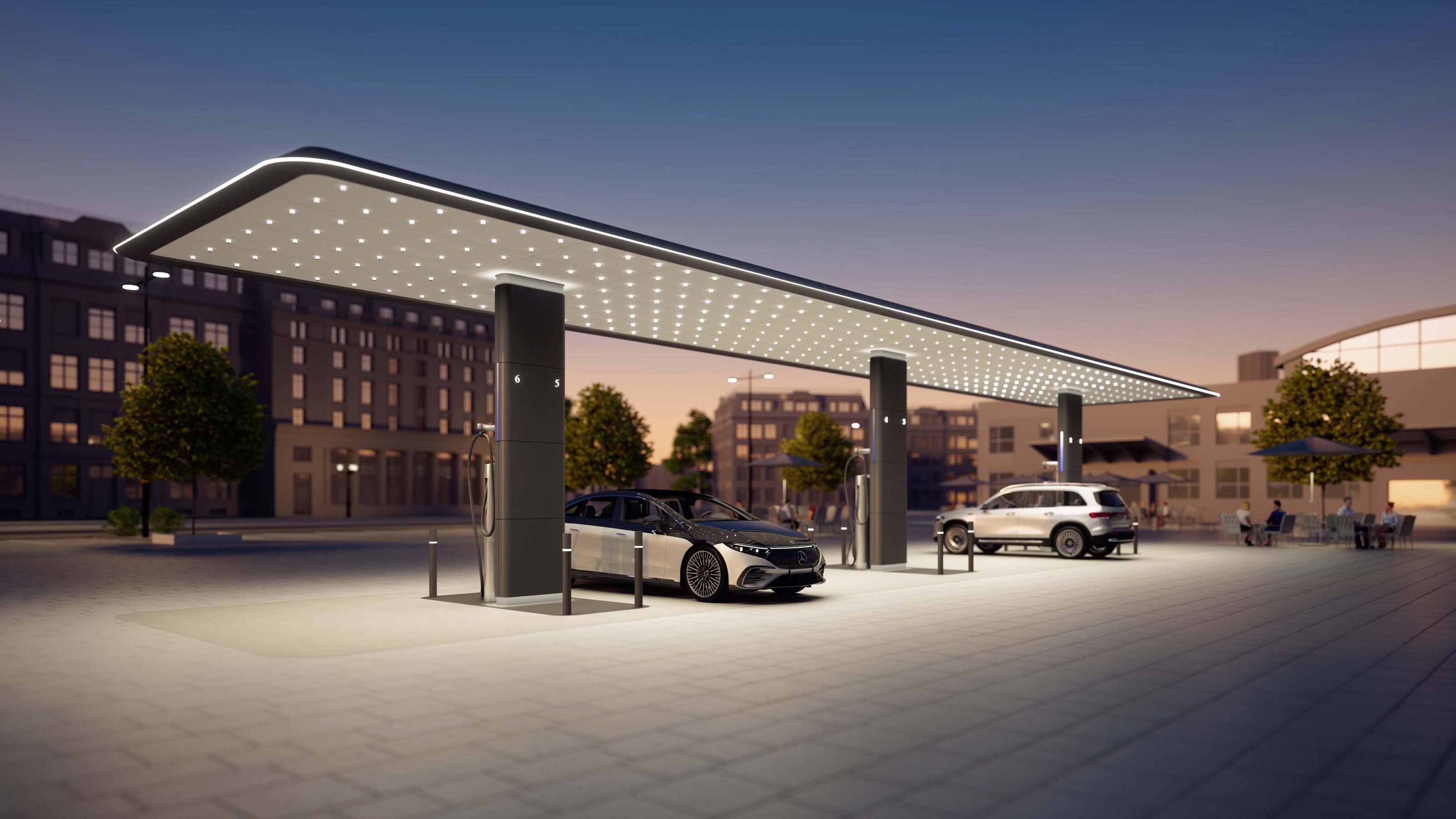
As Mercedes-Benz electric models only use the CCS2 connector type (or CCS1 in North America and GB/T in China), it’s unlikely that it will offer the rare CHAdeMO plug for models such as the Nissan Leaf, Lexus UX300e and Mitsubishi Outlander plug-in hybrid.
At this time, it’s unclear whether the Mercedes-Benz HPC network will launch in Australia. For its part, Mercedes-Benz Australia has said only that it has no announcements to make.
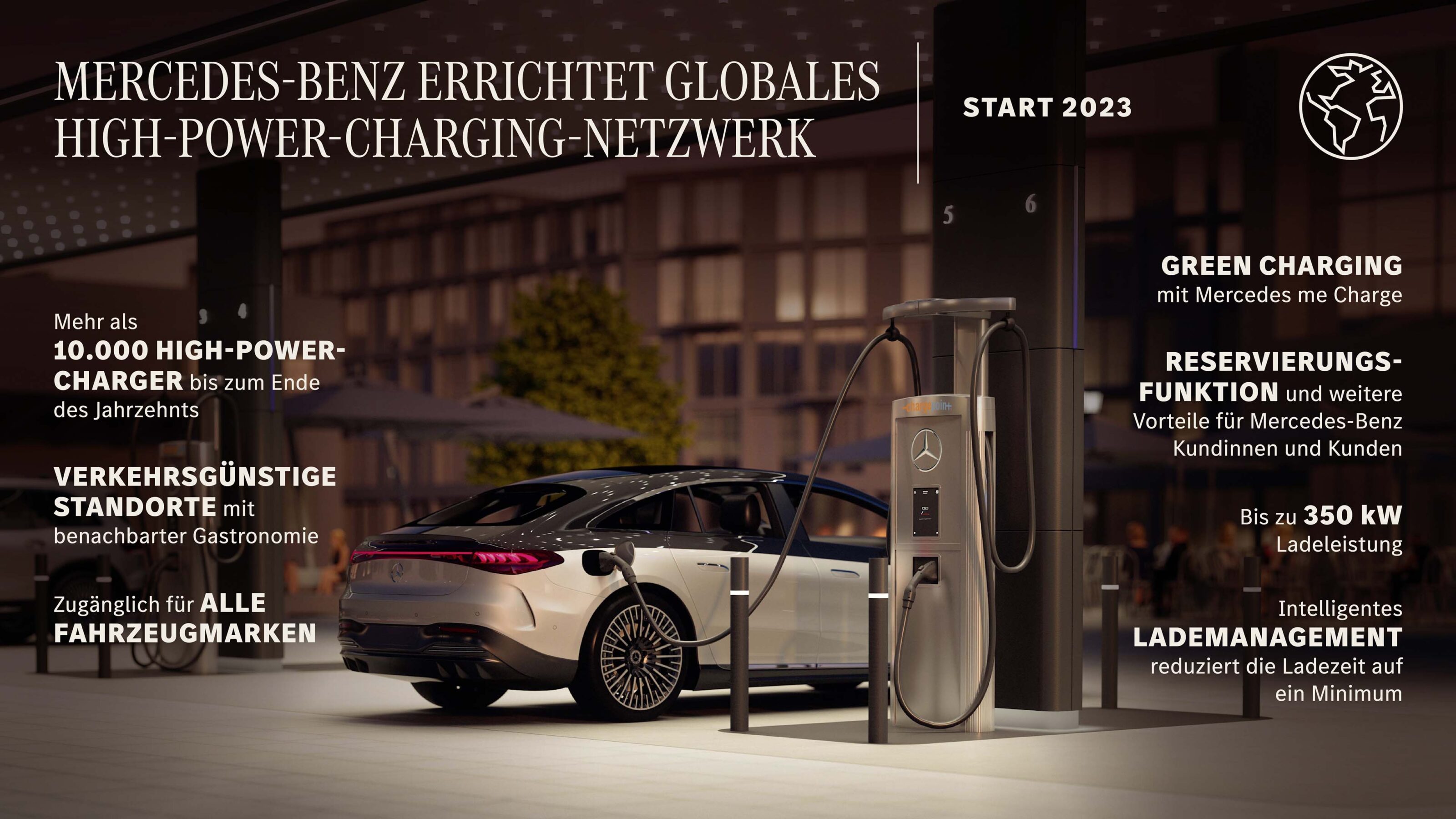
The new Tesla Supercharger rival
Tesla has already established more than 65 Supercharging locations in Australia, according to PlugShare, each with three to 10 stalls at each site capable of feeding either 150kW or 250kW DC speeds.
While the EV brand is opening up its network to any model in some locations, it remains exclusive for Tesla electric cars in Australia.
In China, luxury automaker Nio has a network of nearly 6000 fast EV charging stations with up to 180kW DC speeds and even recently debuted a new 500kW DC ultra rapid station model.
It is also expanding with more battery swap stations in China and Europe, which allows owners to get a near-full new battery in just a few minutes.
We recommend
-
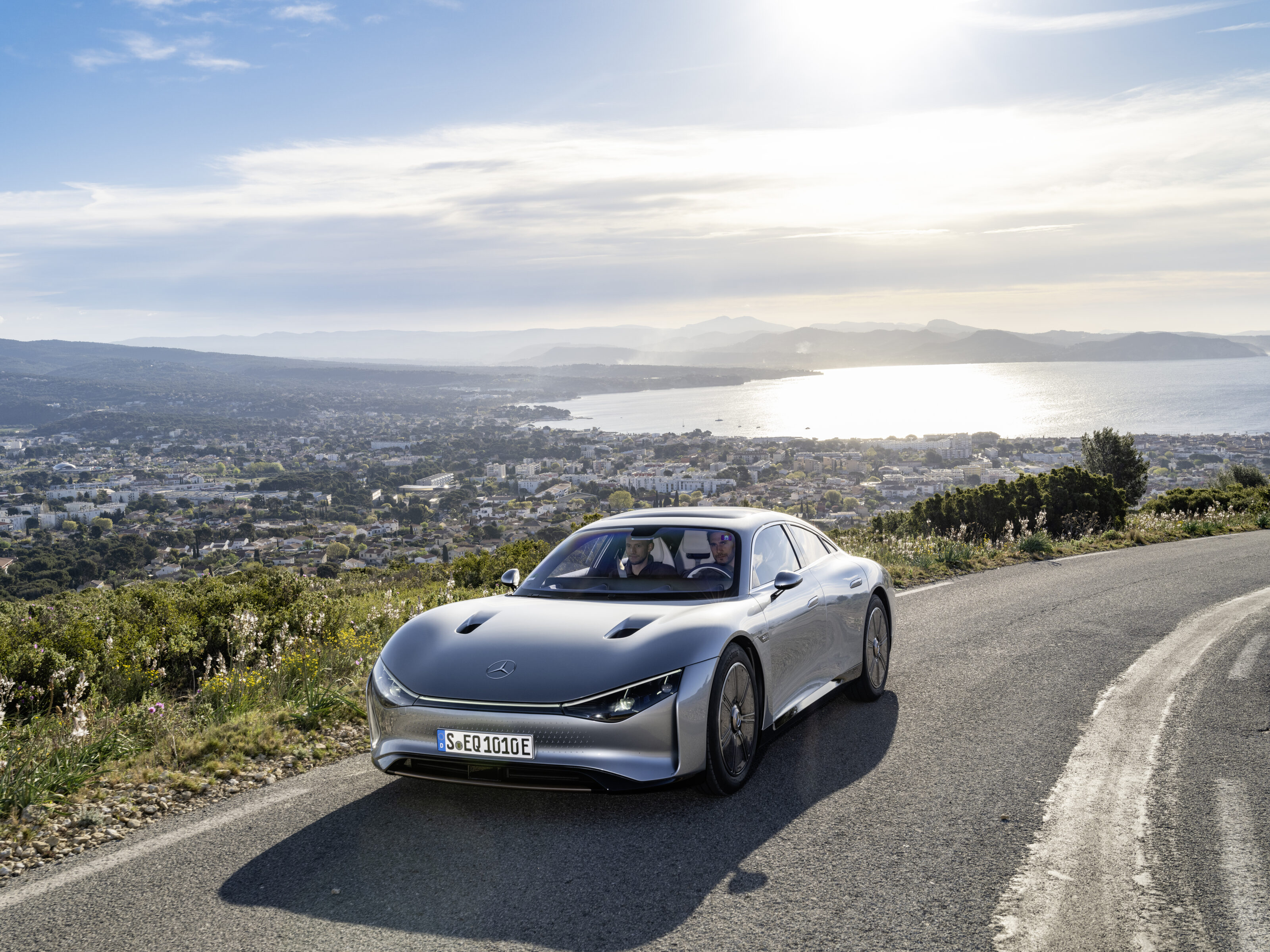 News
NewsMercedes-Benz EQXX EV travels 1000km on a single charge
Benz's slippery electric research prototype has set an efficiency benchmark thanks to technology that is set to work its way into the company's new EVs
-
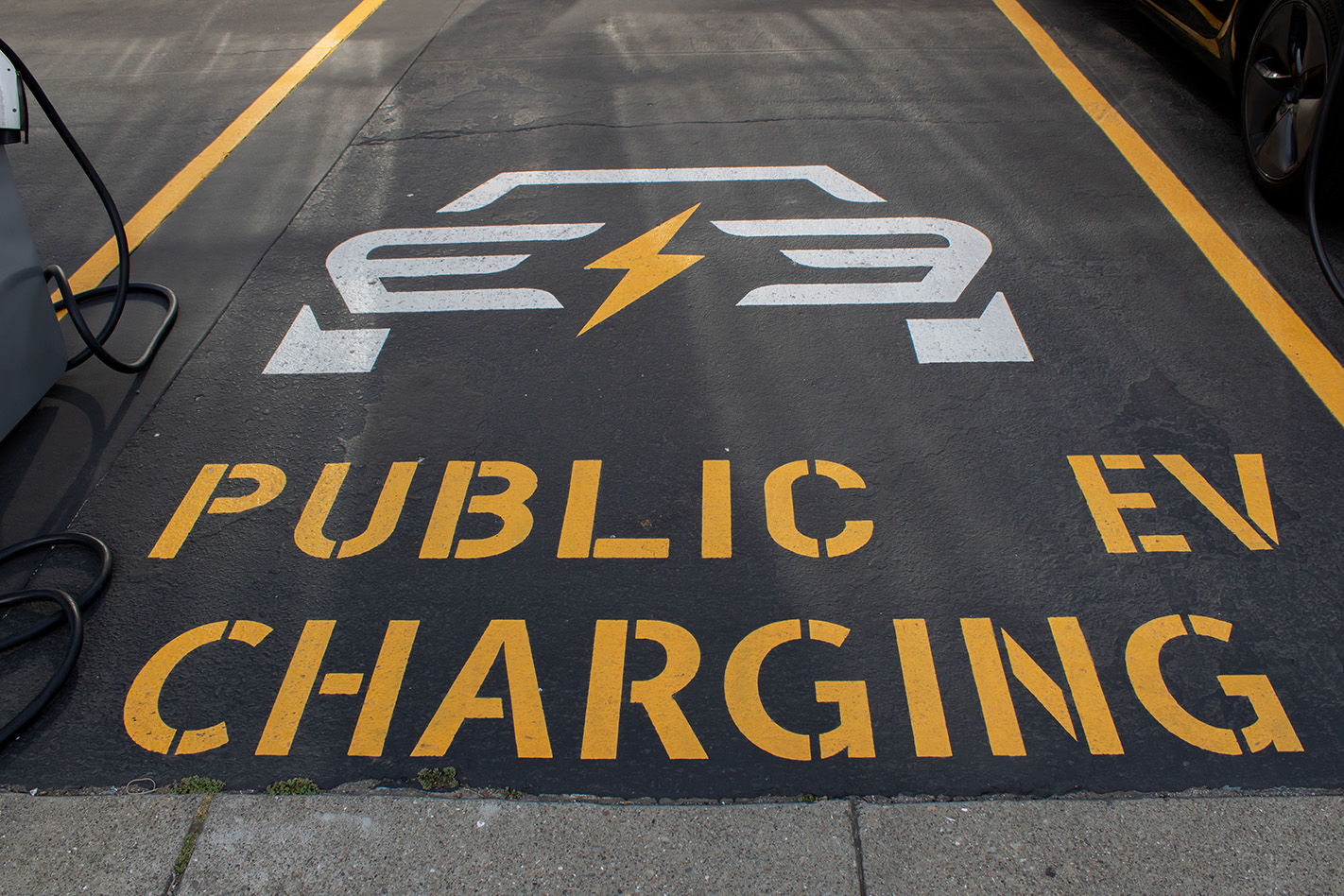 News
NewsConstruction starts on South Australia’s EV charging network
South Australia is getting a much-needed boost to EV public charging infrastructure, with construction starting on an RAA network
-
 News
NewsEvie Networks marks 100th EV charging station
Electric car charging provider Evie Networks has launched its 100th station hub to end off the year, with even bolder plans in 2023


